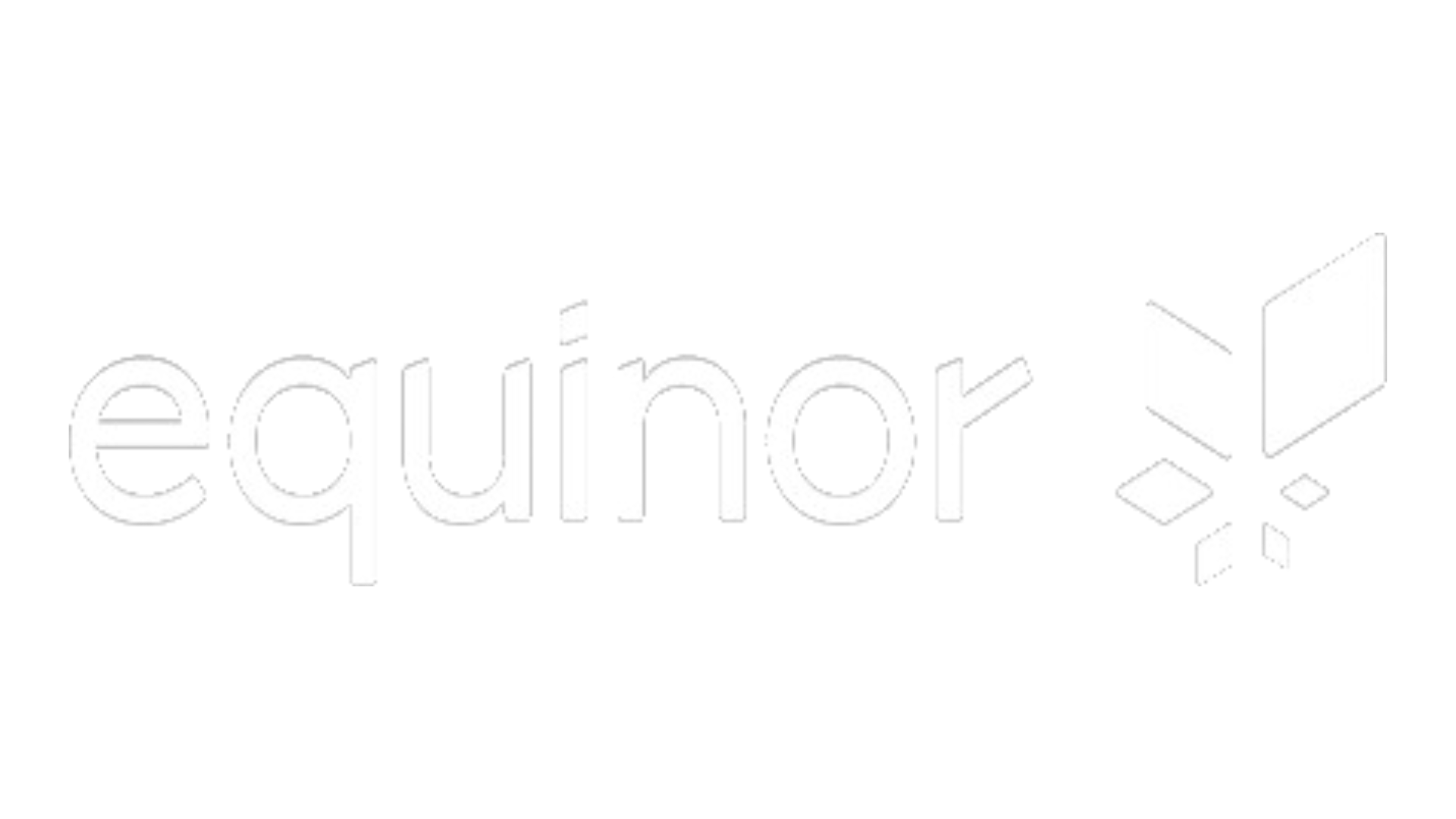Summer has been flying by, and we’re at the time of year to start thinking about school. With all the excitement surrounding classmates, teachers, and color-coded binders, it is important to remain environmentally conscious when preparing for the new school year. According to the American Federation of Teachers, educational facilities are among the biggest waste…
Most people think that switching to renewable energy is a costly and time-intensive endeavor. However, what many New Yorkers don’t know is that a variety of utility companies across the state offer the option to source your electricity from renewable energy sources in exchange for a slightly higher price. If you live in New York…
The New York League of Conservation Voters Education Fund is pleased to present this 2017 Green Guide as a resource for all candidates running for public office in New York City. This document, released at our Environmental Candidate School, is a one-stop-shop for candidates to learn about new opportunities and approaches to persistent sustainability problems….
Did you know that New Yorkers are required to recycle electronic waste in an environmentally responsible manner? Here are some tips to make sure you dispose of your e-waste in an environmentally responsible manner.
Eating locally is easy in the summer, when farm stands seem to be overflowing with fresh fruits, veggies, and leafy greens, so now is the best time to build a seasonal eating habit. Here are some more tips to help you green your diet:
The summer heat means more sweat, and by extension more loads of laundry to do. However there a variety of practices other than re-wearing your sweaty gym clothes that can make your laundry practices more sustainable. Wash with Cold Water Studies show that 75% of the total energy-use and carbon emissions associated with your laundry…
Deforestation is devastating some of our most precious places. From loss of biodiversity to species fragmentation to exacerbating climate change, the demand for wood and paper products is one of the most pressing threats to our planet. Thankfully there are a variety of changes we can make to reduce our impact on deforestation. Sustainably Managed…
With temperatures soaring this summer, more and more Americans are purchasing bottled water to fight the heat. However, avoiding bottled water is one of the most important choices you can make to combat climate change, reduce waste, and promote public health. Every year Americans use almost 50 billion plastic water bottles, but only 23 percent…
Part four of NYLCV’s series of forums on “Getting to 80 x 50” focused on energy use and transmission within New York City, and how we can achieve the Mayor’s goal for 50% of the city’s energy to come from renewable resources by 2030.









